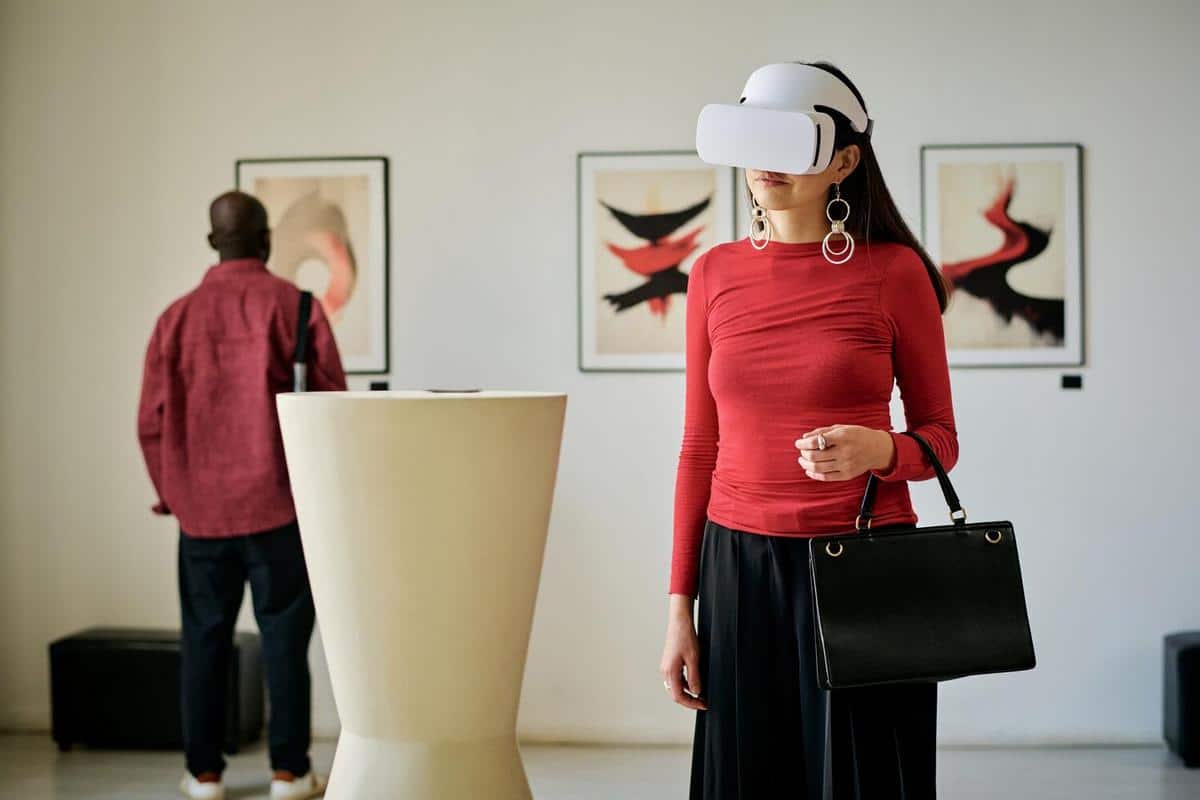
The Role of Museums in Today’s Digital Age
Museums have long served as custodians of cultural heritage, bridging the past with the present. As we navigate the complexities of the digital age, their role is evolving, offering new opportunities for engagement and learning.
In the digital era, museums have been tasked with adapting to rapidly changing technologies and visitor expectations. This evolution is not just about survival; it’s about enhancing the way we experience cultural heritage. The integration of digital tools in museums is reshaping how collections are curated, exhibited, and interacted with by audiences worldwide.
The Digital Transformation of Museums
Museums are increasingly embracing digital technologies to enhance visitor engagement. Virtual reality (VR) and augmented reality (AR) are transforming exhibits, allowing visitors to experience history in immersive ways. According to a report by the American Alliance of Museums, over 70% of museums in the U.S. have incorporated some form of digital technology into their exhibits.
Dr. Marie Anderson, a leading museum technology expert, notes, “Digital tools in museums are not a replacement for traditional exhibits but a powerful enhancement that can bring stories to life in unprecedented ways.”
Expert Opinions and Insights
Experts emphasize the importance of maintaining a balance between digital and physical experiences. “While digital tools offer exciting possibilities, the tactile experience of viewing an artifact in person remains irreplaceable,” says Dr. James Thompson, a historian and museum curator.
Statistics and Research Findings
Recent studies highlight the increasing use of digital platforms by museums to reach broader audiences. An international survey conducted by the Global Museum Network found that 85% of participating museums have expanded their online presence since 2020, offering virtual tours and interactive online exhibits.
Personal Anecdotes and Examples
Consider the case of the City Museum of Art, which launched a virtual tour that attracted over 500,000 online visitors in its first month. This initiative not only increased their reach but also engaged a younger audience who are digital natives.
Actionable Tips for Museums
- Integrate digital storytelling into exhibits to enhance visitor engagement.
- Offer online workshops and webinars to reach global audiences.
- Utilize social media platforms to create interactive content and engage with communities.
- Implement visitor feedback loops to continuously improve digital experiences.
Comparison Table: Traditional vs. Digital Museum Experiences
| Aspect | Traditional | Digital |
|---|---|---|
| Access | On-site visits | Global online access |
| Interaction | Physical artifacts | Interactive media |
| Engagement | Guided tours | Virtual tours, AR/VR experiences |
| Research | In-person archives | Digital databases |
| Learning | Workshops | Online courses |
| Audience | Local visitors | Global audience |
| Feedback | Visitor books | Online reviews |
| Promotion | Local ads | Social media campaigns |
FAQs
What are the main benefits of digital museums?
Digital museums offer global access, interactive experiences, and the ability to reach diverse audiences.
How can museums ensure their digital content stays relevant?
Museums can stay relevant by continuously updating their content, integrating the latest technologies, and engaging with their audiences through feedback.
Are digital museum experiences as effective as traditional ones?
While digital experiences provide broader access and engagement, they complement rather than replace the tactile and immersive nature of traditional museum visits.
Conclusion: Embracing the Digital Age
As museums continue to navigate the digital age, their role in preserving and promoting cultural heritage becomes even more vital. By embracing technology, museums can offer enriched experiences that foster learning and appreciation for cultures worldwide. Whether through virtual tours or interactive exhibits, museums are poised to inspire a new generation of learners and explorers.
In conclusion, the digital transformation of museums is an exciting evolution that enhances their educational and cultural missions. To stay informed about the latest in museum technology, consider visiting the American Museum of Natural History’s research page for more insights and updates.


